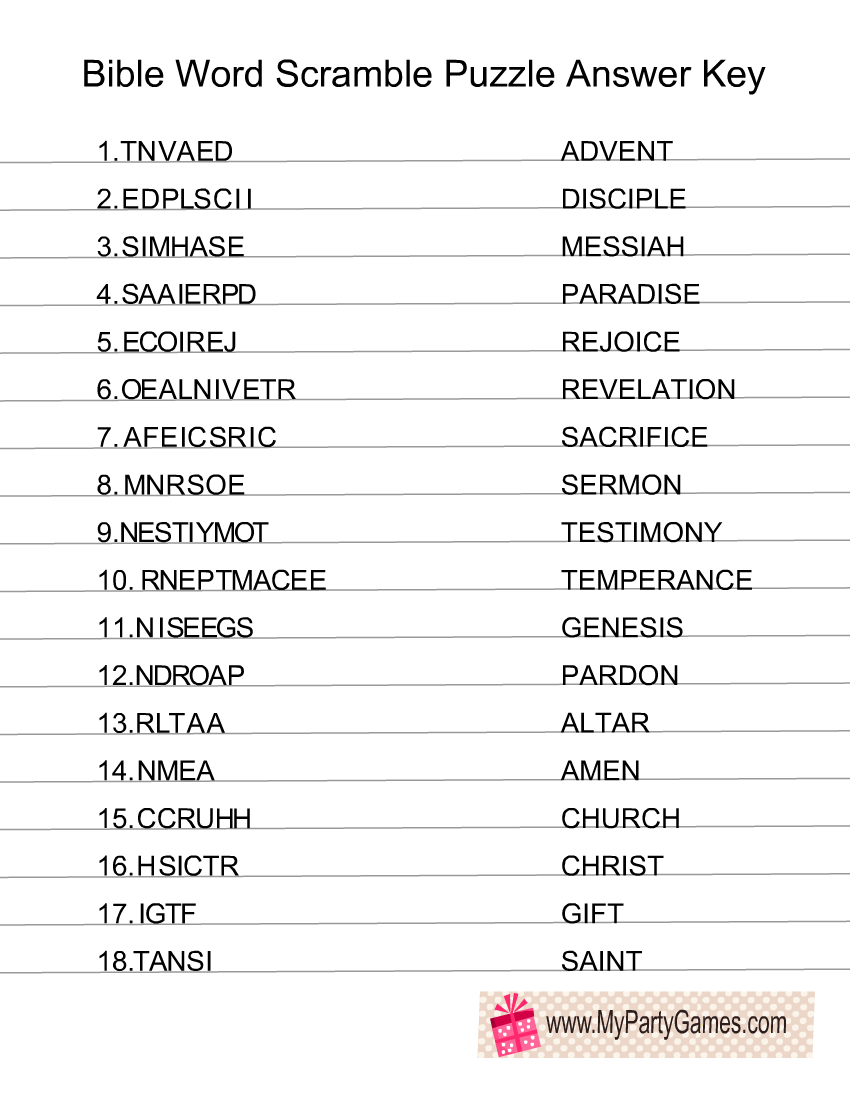5 Ways to Master Alphabet Tracing

Unlocking the Secrets of Alphabet Tracing: A Comprehensive Guide
Mastering alphabet tracing is an essential skill for children to develop, laying the foundation for reading and writing. It’s a fundamental step in their educational journey, and with the right approach, parents and educators can help them succeed. In this article, we’ll delve into the world of alphabet tracing, exploring the benefits, challenges, and most importantly, the most effective methods to help children master this vital skill.
Understanding the Importance of Alphabet Tracing
Alphabet tracing is more than just a fun activity; it’s a crucial step in developing fine motor skills, hand-eye coordination, and literacy. By tracing letters, children learn to recognize and memorize the shapes, sounds, and movements of each letter. This skill helps them:
- Develop muscle memory and dexterity
- Improve handwriting and writing skills
- Enhance reading comprehension and fluency
- Build a strong foundation for future academic success
5 Effective Methods to Master Alphabet Tracing
Now that we’ve established the importance of alphabet tracing, let’s explore the top 5 methods to help children master this skill.
1. Multisensory Approach
A multisensory approach engages children’s senses, making learning more engaging and effective. Use a combination of:
- Visual: Display alphabet charts, posters, or write large letters on a whiteboard.
- Auditory: Play alphabet songs, recite nursery rhymes, or use audio recordings.
- Tactile: Use sandpaper letters, foam letters, or shaving cream to create a sensory experience.
- Kinesthetic: Have children move their bodies to mimic letter shapes or use dance movements to reinforce learning.
2. Play-Based Learning
Make learning fun and interactive with play-based activities, such as:
- Alphabet scavenger hunt: Hide large cut-out letters around the room or outside, and have children find them.
- Letter matching games: Use uppercase and lowercase letters, and have children match them.
- Sensory bins: Fill bins with rice, beans, or sand and hide small toys or letters for children to find and identify.
3. Guided Practice
Provide children with guided practice to help them develop muscle memory and confidence. Use:
- Workbooks: Offer a variety of alphabet tracing workbooks with different fonts and styles.
- Chalk or whiteboard: Practice tracing letters together, using different colors and fonts.
- Tracing apps: Utilize digital apps that provide interactive tracing exercises.
4. Make It Hands-On
Hands-on activities help children develop fine motor skills and hand-eye coordination. Try:
- Playdough creations: Make playdough letters or shapes, and have children manipulate them.
- Finger painting: Use finger paints to create letters and artwork.
- Stamps and ink pads: Use letter stamps and ink pads to create a fun and interactive experience.
5. Practice Regularly
Consistency is key when it comes to mastering alphabet tracing. Establish a regular practice routine, such as:
- Daily practice: Set aside 5-10 minutes each day for alphabet tracing practice.
- Weekly review: Review previously learned letters and introduce new ones.
- Make it a game: Turn practice into a game or challenge to keep children engaged.
🔥 Note: Be patient and encouraging, as mastering alphabet tracing takes time and practice. Celebrate small victories and provide positive reinforcement to motivate children.
Conclusion
Mastering alphabet tracing is a crucial step in a child’s educational journey. By incorporating these 5 effective methods, parents and educators can help children develop the skills and confidence they need to succeed. Remember to be patient, make it fun, and provide regular practice to help children unlock the secrets of alphabet tracing.
What is the best age to start teaching alphabet tracing?
+The ideal age to start teaching alphabet tracing is around 2-3 years old, as children typically develop fine motor skills and hand-eye coordination during this period.
How long should alphabet tracing practice sessions be?
+Practice sessions should be short and engaging, lasting around 5-10 minutes, to keep children focused and motivated.
Can I use technology to teach alphabet tracing?
+Yes, there are many digital apps and resources available that can make alphabet tracing practice fun and interactive. However, it’s essential to balance technology with hands-on activities to develop fine motor skills.
Related Terms:
- Alphabet worksheet pdf
- Tracing alphabet worksheet PDF
- Worksheet Alphabet for grade 1
- Alphabet worksheet for Kindergarten



